Barium Tungsten Electrodes for Microwave Devices
- Details
- Category: Tungsten Information

The barium tungsten electrodes are primarily used as thermionic emission cathodes in microwave devices, widely applied in various microwave vacuum devices such as magnetrons, klystrons, and traveling wave tubes. These devices play critical roles in radar systems, communication technologies, and electronic countermeasure systems. By releasing free electrons at high temperatures, barium tungsten electrodes enable the oscillation and amplification of microwave signals, fulfilling the stringent requirements of high-frequency, high-power applications.
Barium Tungsten Electrodes for Laser Mercury-Pumped Light Sources
- Details
- Category: Tungsten Information
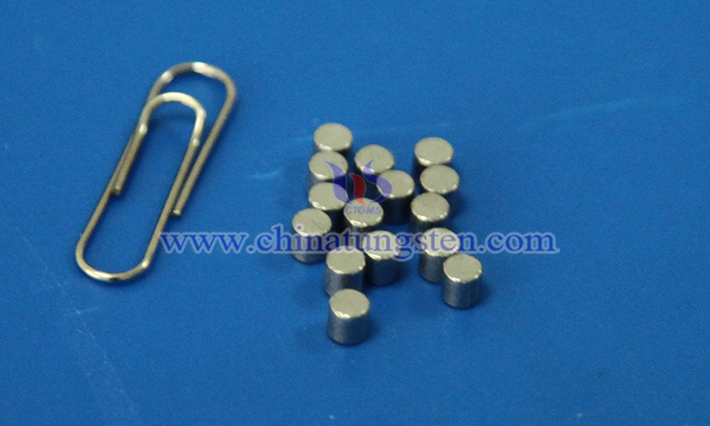
Barium tungsten electrodes are one of the core components in laser mercury-pumped light sources, whose performance directly determines the efficiency of mercury vapor discharge and the stability of the light source. Compared to traditional electrodes containing radioactive elements (e.g., thorium-tungsten electrodes), barium tungsten electrodes stand out for their environmental friendliness, high electron emission efficiency, and long service life, making them the preferred material in high-power gas discharge light sources.
Barium Tungsten Electrode for Vacuum Electronic Devices
- Details
- Category: Tungsten Information
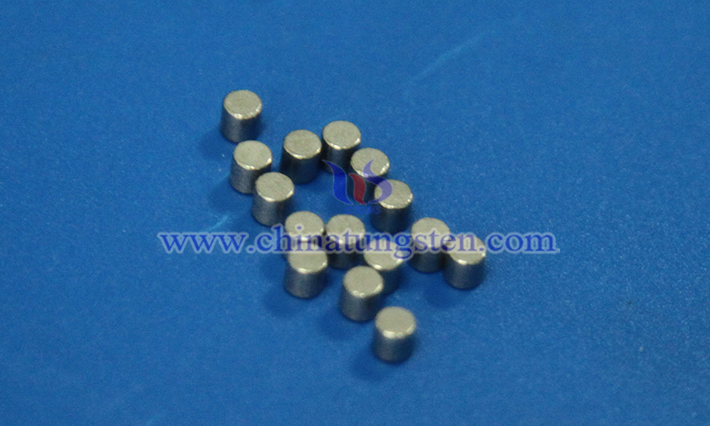
As a core material for vacuum electronic devices, barium tungsten electrodes occupy a pivotal position in the field of vacuum electronic technology by optimizing electron emission performance and operational stability. Their applications span a wide range of scenarios, including power conversion, industrial heating, and scientific research exploration, serving as crucial support for the efficient operation of modern electronic devices.
Barium Tungsten Electrodes in Ion Lasers
- Details
- Category: Tungsten Information
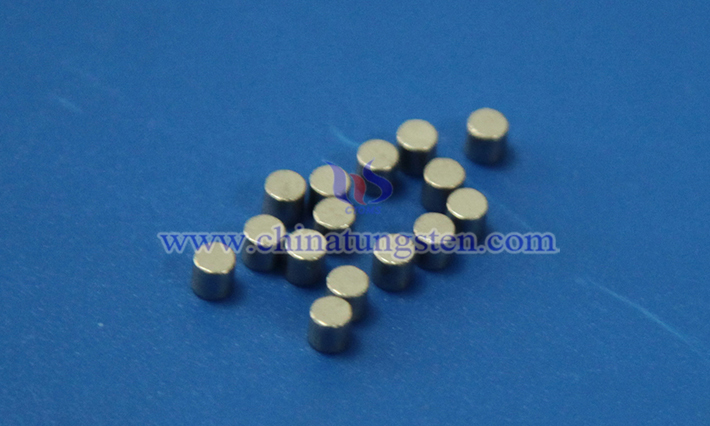
Ion lasers utilize barium tungsten electrodes because they provide a stable electron flow to sustain gas discharge while offering advantages such as low work function, high-temperature stability, and long lifespan. These characteristics collectively ensure the efficient output and stable operation of ion lasers, making barium tungsten electrodes an ideal choice.
Barium Tungsten Electrodes for Lasers
- Details
- Category: Tungsten Information

Barium tungsten electrodes are widely used in lasers, particularly excelling in gas-discharge lasers. Their core advantages lie in high electron emission performance, high-temperature resistance, and long operational lifespan.
Barium Tungsten Electrode for Stroboscopic Tachometers
- Details
- Category: Tungsten Information
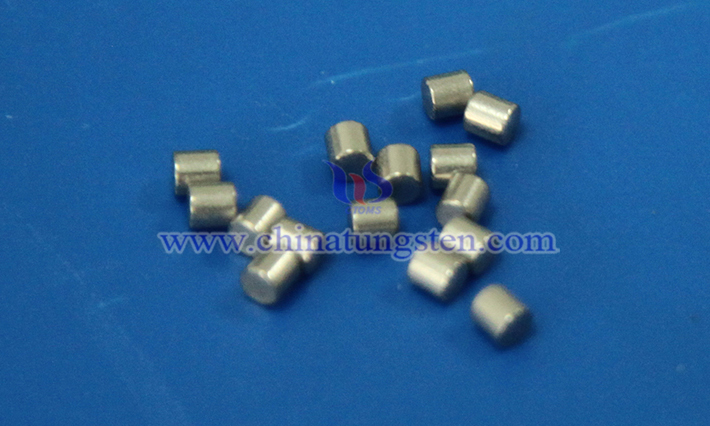
The barium tungsten electrode is a composite electrode material made from tungsten and barium, playing a critical role in stroboscopic tachometers due to its unique physical and chemical properties.
Barium Tungsten Electrode for Electronic Monitoring
- Details
- Category: Tungsten Information

The barium tungsten electrode for electronic monitoring is a specialized electrode material primarily used in sensors or detectors within electronic monitoring devices. This electrode ingeniously combines the properties of tungsten and barium to meet the high-performance material requirements of electronic monitoring systems.
Barium Tungsten Electrodes for Sports Venues
- Details
- Category: Tungsten Information

The application of barium tungsten electrodes in sports venues primarily lies in their role as core materials for specialized light sources such as High-Intensity Discharge (HID) lamps and strobe lights, providing efficient, stable, and energy-saving lighting solutions for venues.
Barium Tungsten Electrodes for Industrial Lighting
- Details
- Category: Tungsten Information

Barium tungsten electrodes used in industrial lighting typically refer to the core components in discharge lamps, such as high-intensity discharge (HID) lamps. These electrodes are primarily made of tungsten due to its extremely high melting point (approximately 3422°C) and excellent high-temperature resistance, enabling it to withstand elevated temperatures during lamp operation. These properties make tungsten an ideal choice for electrode materials in industrial lighting, particularly in discharge lamps that require the generation of bright arcs.
Barium Tungsten Electrodes for Road Lighting
- Details
- Category: Tungsten Information
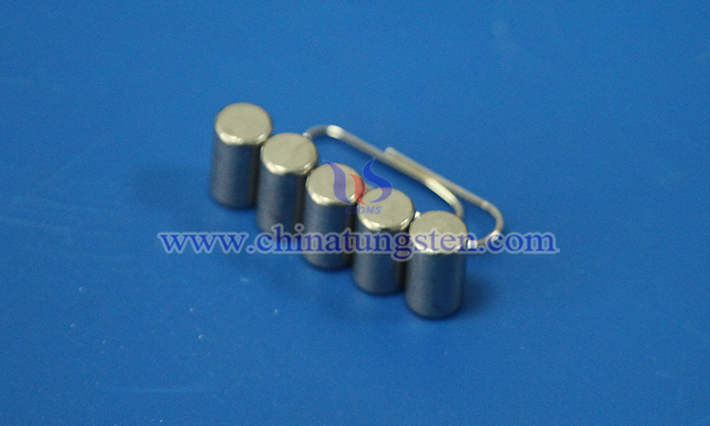
High-intensity discharge (HID) lamps commonly used in road lighting, such as high-pressure sodium (HPS) lamps and metal halide (MH) lamps, typically employ barium tungsten electrodes (or barium tungsten cathodes) as electron-emitting materials. These electrodes exhibit outstanding performance under high-temperature and high-current conditions, serving as a critical component to ensure the efficient and stable operation of lighting systems.




 sales@chinatungsten.com
sales@chinatungsten.com